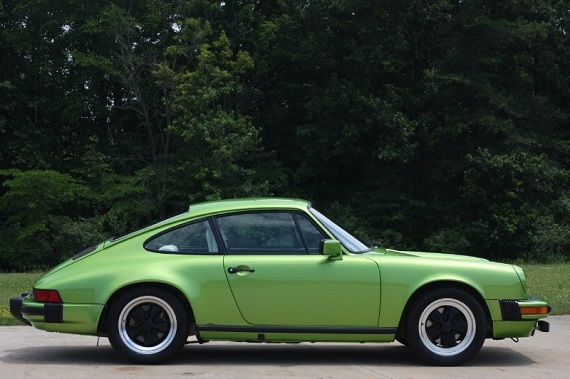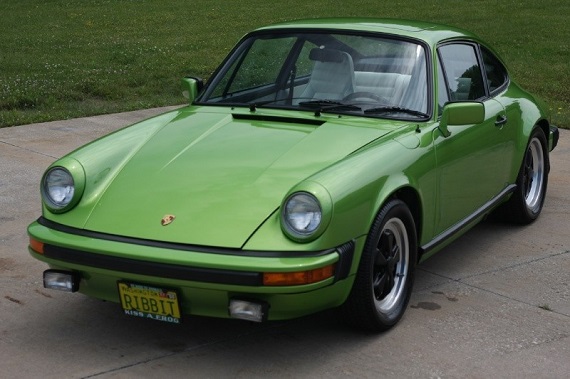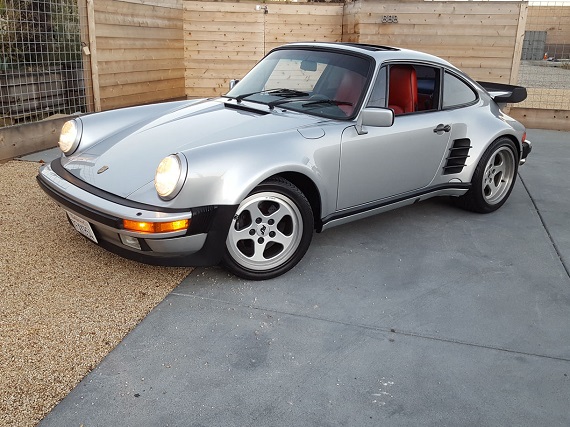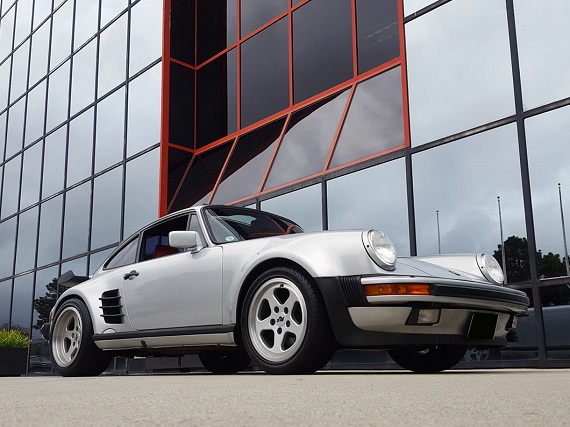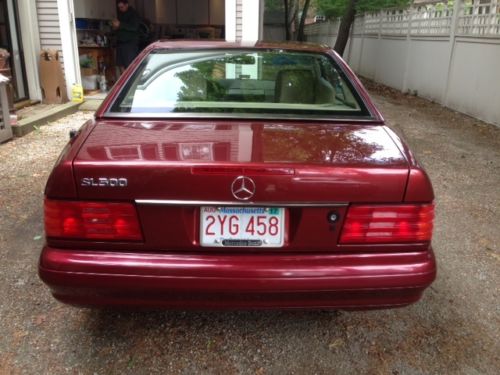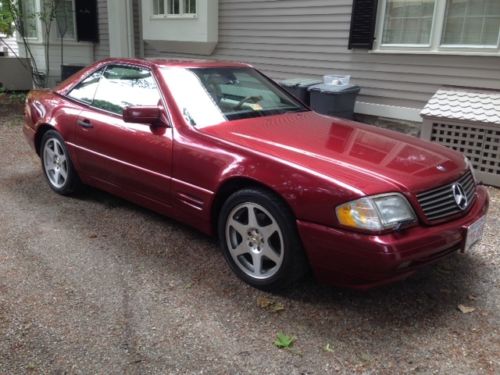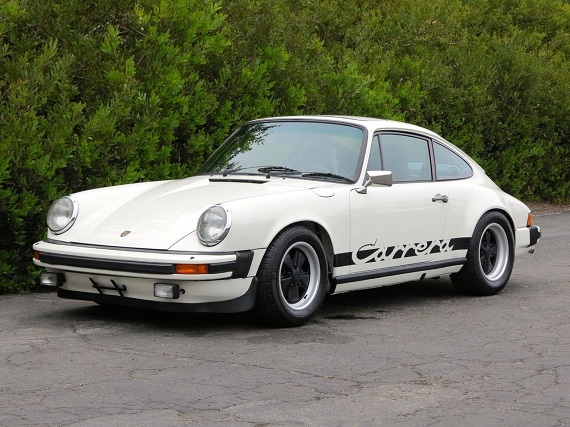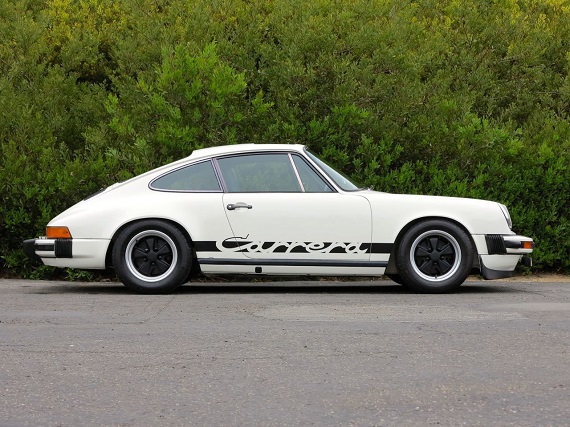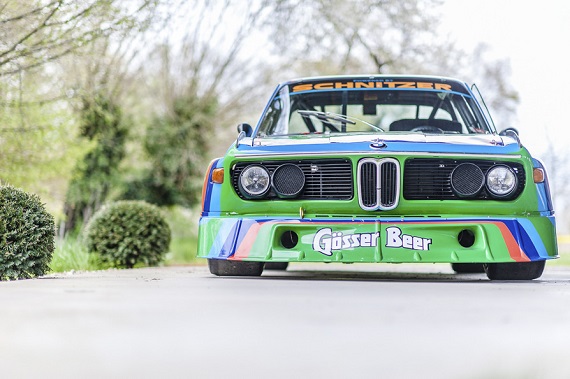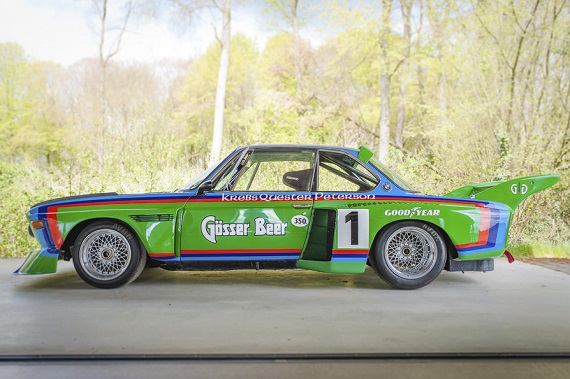This ad starts off in a pretty nontraditional manner by stating that the car is not currently for sale. And maybe it isn’t and only is listed so as to attract people to this dealer; perhaps it’s only for sale in the way in which we might say everything is for sale – for the right price. Either way here we have one of the more unique color combinations we’re likely to come across on a 911: a 1979 Porsche 911SC Coupe, located in Ohio, with a paint-to-sample exterior in VW Scirocco Viper Green along with a contrasting White interior. Oh, and it only has 12,121 miles on it. I think we can see why it might not actually be for sale.
German Cars For Sale Blog Posts
Modified cars from the 1980s enjoy are and interesting exercise in dichotomy. Take AMG, for example – add the flares, wide wheels, hunkered down suspension and turned up engine to a W126 and the asking price increases from a standard model by a factor of ten. What is strange about the AMG model, though, is that enthusiasts of the Affalterbach company accept licensed installers as proper original builds. Such is not the case when it comes to tuners like Alpina, Hartge and Ruf; generally speaking, in those cases the only “true” original examples came from the manufacturer’s facilities in Germany. In these cases, examples that are properly sorted and original can be worth double, triple or even quadruple what an identically modified car from a licensed installer in the U.S. would be worth. On top of that, AMG continues to be a bit of an aberration in the tuner realm since most other period modified examples of Porsches, BMWs, and Audis are worth less than a pristine stock example. It’s a bit of a head scratcher, since generally speaking, companies such as Alpina and Ruf put out equally good looking products when compared to AMG, and properly modified were just as luxurious and just as fast. Nevertheless, a tastefully modified example like this period Ruf-modified 1987 Porsche 930 just doesn’t seem to draw the same attention as a AMG 560SEC Widebody 6.0 would, for example. Let’s take a look at what a reported $75,000 in mods got you in the late 1980s:
CLICK FOR DETAILS: 1987 Porsche 930 on eBay
5 CommentsMost automotive enthusiasts are probably familiar with Porsche’s legendary 1973 911 Carrera RS. Produced to meet homologation requirements it set the 911 on the road to being the performance icon that it remains today. What is less well known is that while the ’73 RS would be the only production version based on the long-hood 911 design, the engine from that RS continued to put in work on the new impact-bumper 911s of the mid-70s under the guise of the Carrera 2.7 MFI. For the most part, these were like an RS Touring with a different front fascia. These days it is that shared engine DNA that is of such importance and which has seen values of the 2.7 MFI rise quite high. But they’re still much less expensive than a true ’73 Carrera RS and that makes them an interesting proposition for well-heeled buyers who’d like to shy away from the nearly $1M price tag of the RS. Like the RS the Carrera MFI was never available for sale in the US, but over time examples have made their way to our shores. Such is the case with the one we see here, a Grand Prix White 1975 Porsche 911 Carrera 2.7 MFI Coupe located in California.
CLICK FOR DETAILS: 1975 Porsche 911 Carrera 2.7 MFI Coupe on eBay
2 CommentsWhile there are iconic liveries that permeate motorsports, sometimes there are equally iconic aerodynamic aids. The 1970s and 1980s saw some incredible experiments, from the Brabham BT46 ‘Fan Car’ which sucked all of the air out from underneath the chassis, literally sticking the car to the road to the 935/78 ‘Moby Dick’ car, which somewhere underneath the long tail and stretched front end was actually a 911 (in theory, at least!). For BMW, exploiting the Group 5 FIA rules to suit their E9 chassis and make it competitive with the Porsche 911. That meant the aerodynamics of the 3.0CS had to be altered, and the result was wings, fins, and flares. But if the road going version of the also lightened 3.0CSL looked outrageous, the racing version simply took the recipe and turned it up to 11. Giant boxed flares widened the E9 half again. A huge front air dam looked capable of clearing cattle on the Sante Fe railway. Huge centerlock BBS magnesium wheels sported a footprint that would make most large commercial planes jealous. And if the tires didn’t shock them, the huge cantilevered wing protruding from the back of the trunklid certainly would spoil their plans to go airborn. This was the legendary car which gained the name “Batmobile”, and though they were not ultimately able to defeat Porsche in the Group 5 contest for 1976 (you know that, of course, because of the many Martini Championship Edition Porsches we feature), they are no less memorable than the 935:
